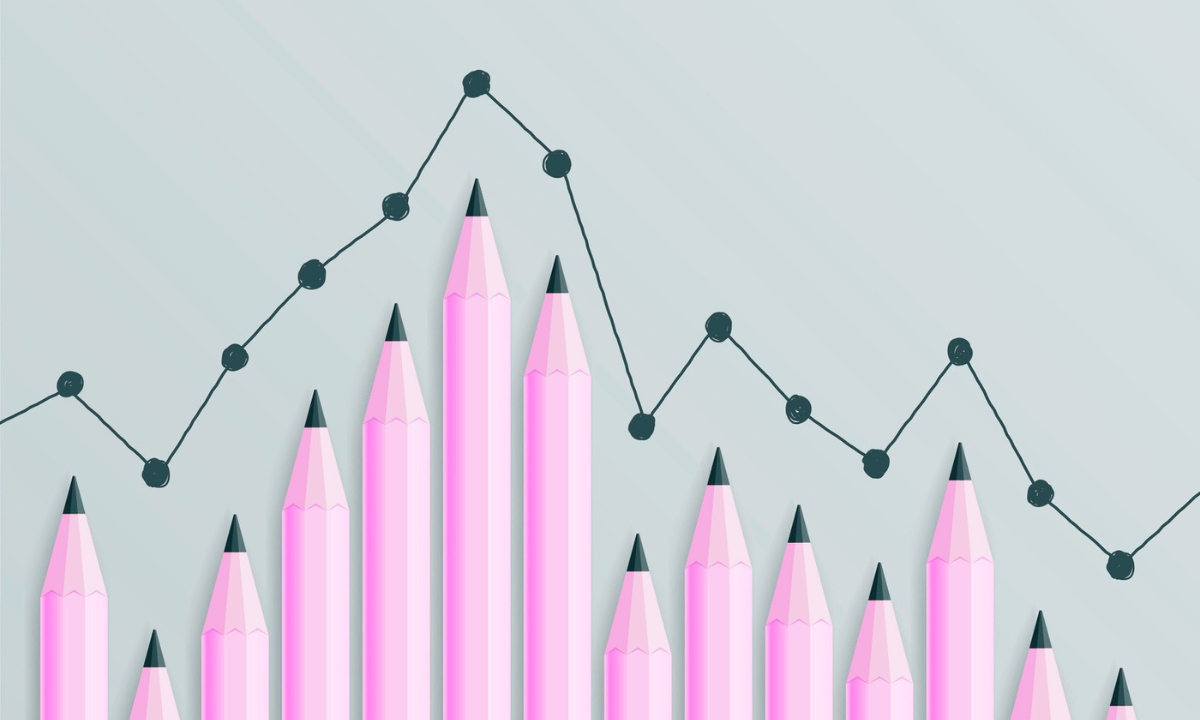NAEP Results Can be a Catalyst for Change — If States Embrace the Data
Muldoon: In Alabama, New Jersey, California & other places, Nation's Report Card scores are fueling efforts to close learning gaps worsened by COVID.

Get stories like these delivered straight to your inbox. Sign up for The 74 Newsletter
Alabama recently deployed math coaches to low-performing schools; New Jersey is creating new statewide civics and history assessments; and California leaders are planning major investments in professional development to turn around achievement declines. Those are all efforts fueled by data from the Nation’s Report Card to close learning gaps worsened by the pandemic.
It’s encouraging to see states take action to combat sweeping declines on the latest National Assessment of Educational Progress, or NAEP. Congress established NAEP, the only nationally representative benchmark, to understand what students know and can do in subjects such as reading, math and civics. “Decisionmakers need to see the facts clearly. They must make sense of a storm of confusing data and help lead the way to better schools. The Nation’s Report Card — if it is well-designed, clear and usable — can be a rudder against the storm,” read a blue-ribbon group’s 1987 report.
State leaders have responded to this call to use NAEP in varying ways.
Mississippi is among those most recognized for using NAEP as a lever for improvements; beginning in 2013, leaders there revamped state standards to meet the rigor of NAEP and overhauled literacy instruction. That led to major progress. What set Mississippi apart was its stance that NAEP wasn’t something to brush aside or hide from. Despite low scores and poor rankings, the state used NAEP as a tool to galvanize and empower leaders to make improvements for students.
As executive director of the National Assessment Governing Board, I frequently talk with state and district leaders about their educational progress and recently conducted an informal review of how they’re using the NAEP data. There’s much to applaud.
Several states, like Mississippi, are using NAEP, to raise expectations. In addition to putting coaches in schools to spur math achievement, Alabama leaders are leveraging the Mississippi model, publicly citing low scores and setting bold new goals, to overhaul standards and improve policies. These changes have led to significant progress. Virginia’s leaders are also citing NAEP as they implement reforms designed to better inform the public and improve schools. As Virginia Secretary of Education Aimee Guidera recently wrote in The 74, “We are using data as a flashlight, not a hammer, to inform better decisions at kitchen tables, classrooms, school boards and the State Capitol.”
Some states also are using the Nation’s Report Card as a resource for improving and developing their own assessments. For example, my home state of New Jersey is creating statewide history and civics assessments based on items from NAEP. Oregon is doing the same for science, and South Carolina leaders have been using NAEP frameworks, which guide content development on the Nation’s Report Card assessments, to inform their state reading and math tests.
Leaders in districts that participate in the Trial Urban District Assessment program also are using NAEP data in pivotal ways. In Philadelphia, Superintendent Tony Watlington has spotlighted the district’s NAEP data to describe challenges students face and set goals for improving achievement. In Baltimore, Superintendent Sonja Santelises cited NAEP data when establishing plans to create more out-of-school learning opportunities for students.
The NAEP assessments also include rich student and teacher survey data. It’s an underutilized resource that can provide context around achievement results.
Recent findings that struck a chord with me identified disturbing declines in independent reading. Just 14% of 13-year-olds say they read for fun almost daily, down 13 points from a decade ago. As a mother of three school-aged children, and someone who spent much of my childhood with a dog-eared book in hand, I hope state and district leaders consider ways to tackle this problem and foster a love of reading in all students.
I also hope policymakers take note of recent NAEP teacher survey data showing educators lack confidence when it comes to closing students’ knowledge and skill gaps. This breaks my heart. Teachers work so hard every day and are hands-down my kids’ favorite superheroes — with Spider-Man and Wonder Woman as close seconds. Every time my daughter, now in kindergarten, sees her pre-K teacher in the hallway, she runs over and gives her a bear hug. It’s hard to remember not to run in the hall when Mrs. Dillon is there to greet you with a giant smile and warm embrace. She’s the same teacher who taught my daughter how to read by the end of pre-K, while coaching her on strategies for managing her feelings when things in class were upsetting or overwhelming.
Although so many teachers, like Mrs. Dillon, exhibit extraordinary heroics to help their students, the magnitude of the learning gaps requires system-level changes and supports. Given the across-the-board achievement declines U.S. students are facing, more must be done.
By studying the data, openly discussing it and using it to drive much-needed progress, state education leaders and district administrators can go a long way toward ensuring all students get the world-class education they need to reach their goals and fulfill their ambitions — in school and in their lives.
Get stories like these delivered straight to your inbox. Sign up for The 74 Newsletter

